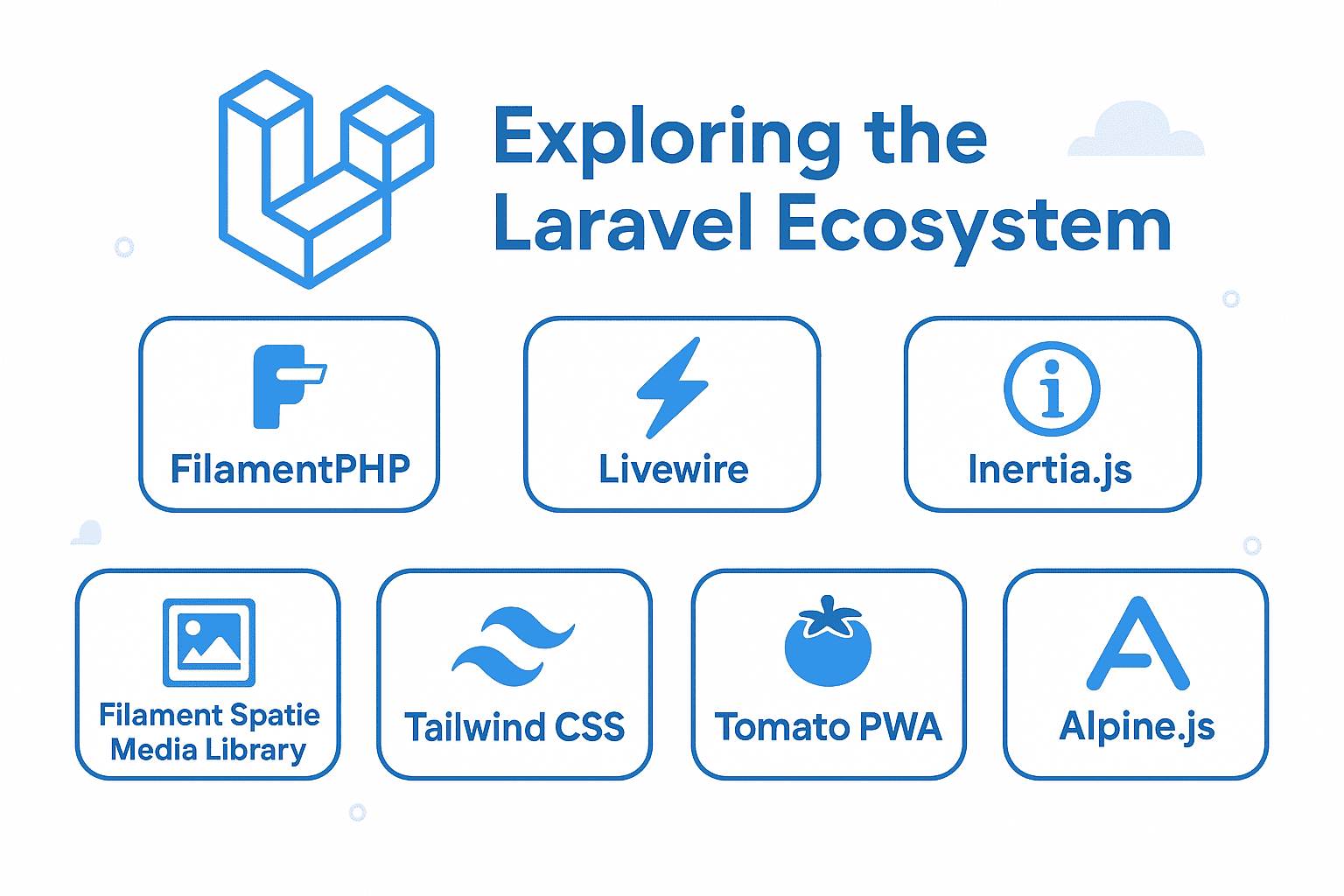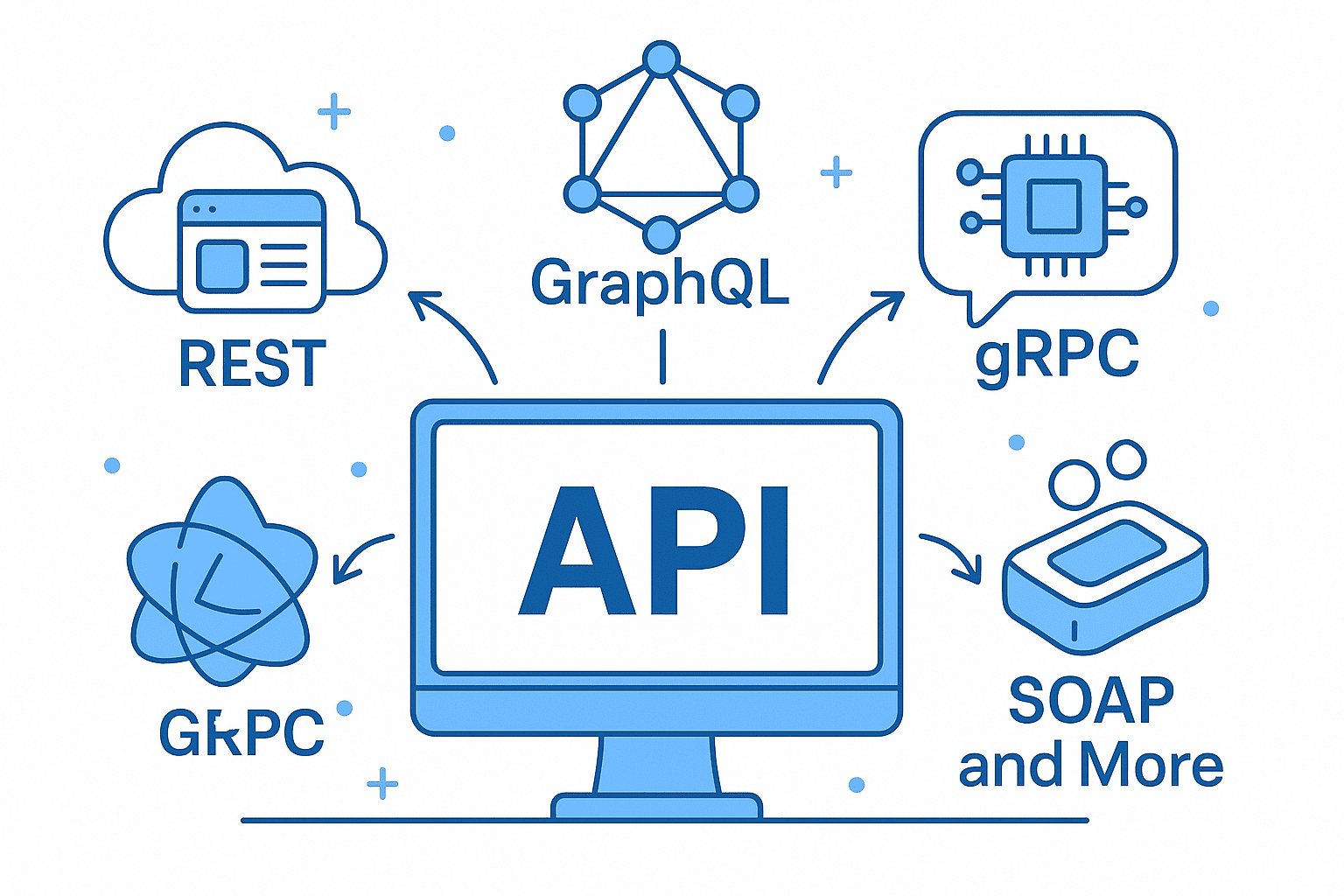In the ever-evolving landscape of web development, frameworks like React and Vue have dominated with their client-side rendering capabilities. However, there’s a growing movement toward "server-first" approaches that leverage the simplicity of HTML and HTTP. Enter HTMX—a lightweight library that empowers developers to create dynamic web experiences without writing a single line of JavaScript. In this article, we’ll dive into what HTMX is, how it works, and why it’s a game-changer for modern web development.
What is HTMX?
HTMX (pronounced "H-T-M-X") is an open-source library that transforms static HTML into a dynamic, responsive interface by using HTTP methods and attributes to trigger server-side interactions. Instead of relying on client-side JavaScript for AJAX requests, HTMX allows developers to use familiar HTML elements and attributes (like hx-get, hx-post, or hx-trigger) to make HTTP requests and update the DOM directly in the browser.
Key Differentiator: HTMX doesn’t replace JavaScript—it complements it, enabling developers to build interactive features using plain HTML and minimal server-side logic.
Key Features of HTMX
-
No JavaScript Required
HTMX abstracts away the complexity of AJAX requests. Developers can create dynamic forms, collapsible sections, and live-updating content using standard HTML without writing any JavaScript. -
Seamless HTTP Integration
HTMX leverages existing server-side frameworks (like Laravel, Django, Flask, or Node.js) to handle requests. When a button withhx-getis clicked, the server processes the request and returns HTML content to update the page. -
Lightweight and Fast
With a small (~4KB) footprint, HTMX is ideal for performance-sensitive applications. It avoids the overhead of full client-side frameworks and keeps interactions lightweight. -
SEO-Friendly
Since content is rendered server-side, search engines can crawl and index dynamic elements more effectively than with traditional JavaScript-heavy apps. -
Browser Compatibility
HTMX works in all modern browsers, including mobile and desktop environments, without requiring polyfills or special configurations.
How HTMX Works
HTMX operates by interpreting HTML attributes that trigger HTTP requests. Here’s a simplified breakdown of the process:
-
Attribute-Driven Interactions
Add HTMX attributes to HTML elements to define how they should behave. For example:<button hx-get="/data" hx-target="#result">Fetch Data</button>hx-get: Specifies that a GET request should be sent to/data.hx-target: Indicates the DOM element (e.g.,#result) to update with the server’s response.
-
Server-Side Rendering
When the button is clicked, HTMX sends an HTTP request to your server. The server processes the request (e.g., querying a database) and returns HTML content to replace the#resultelement. -
DOM Updates
HTMX replaces the content of the target element with the server’s response, creating a seamless update without a full page reload.
Use Cases for HTMX
HTMX shines in scenarios where dynamic interactions are needed but full front-end frameworks aren’t required. Here are a few common use cases:
-
Live Data Updates
Display real-time data (e.g., stock prices, chat messages) by fetching updates from the server every few seconds:<div id="ticker" hx-get="/stock-price" interval="5000"></div> -
Collapsible Sections
Toggle content visibility with simple click interactions:<button hx-trigger="click" hx-get="/about">Show About Us</button> -
Form Submissions
Submit forms without page reloads, handling validation and errors seamlessly:<form hx-post="/submit" hx-target="#response"> <input type="text" name="username" required> <button type="submit">Submit</button> </form> -
Search and Filters
Dynamically filter or search data by sending queries to the server:<input type="text" hx-get="/search?query={value}" hx-target="#results">
Benefits Over Traditional JavaScript
-
Faster Development
HTMX reduces the need for boilerplate JS code, allowing developers to focus on HTML structure and server-side logic. -
Easier Debugging
Since HTMX uses standard HTTP requests, tools like browser developer consoles and server logs provide clear insights into interactions. -
Better for SEO
Server-rendered content is more easily indexed by search engines compared to JavaScript-rendered apps. -
No Framework Lock-In
HTMX integrates with any server-side language, making it a flexible choice for projects that prioritize speed and simplicity.
Considerations and Limitations
While HTMX is powerful, it’s not a one-size-fits-all solution. Consider the following:
- Performance: Frequent HTTP requests (e.g., for live updates) could strain server resources. Use caching or throttling where necessary.
- Complex Interactions: HTMX is best suited for simple, attribute-driven interactions. For complex UIs requiring state management, a full framework like React might be better.
- SEO Edge Cases: While HTMX is SEO-friendly, ensure all dynamic content has proper
<meta>tags and structured data for optimal indexing.
Conclusion
HTMX represents a refreshing shift toward leveraging the strengths of HTML and HTTP to build dynamic web applications. By eliminating the need for JavaScript in many cases, it streamlines development, improves performance, and enhances SEO. Whether you’re creating a simple form submission or a live data dashboard, HTMX offers a lightweight and intuitive alternative to traditional front-end frameworks.
For developers seeking a balance between simplicity and interactivity, HTMX is worth exploring—especially if your project’s requirements lean toward server-centric design. After all, why reinvent the wheel when you can harness the power of HTTP with a few well-placed HTML attributes?
Ready to give HTMX a try? Start by adding it to your project via CDN:
<script src="https://unpkg.com/htmx.org@1.9.5"></script>
Then experiment with attributes like hx-get, hx-post, and hx-trigger to breathe new life into your static HTML. The future of web development might just be simpler than you think!
🚀 Let’s build something amazing! If you have a project in mind or need help with your next design system, feel free to reach out.
📧 Email: safi.abdulkader@gmail.com | 💻 LinkedIn: @abdulkader-safi | 📱 Instagram: @abdulkader.safi | 🏢 DSRPT
Drop me a line, I’m always happy to collaborate! 🚀



